Carolina Demographics
Keep up with our latest demographic insights
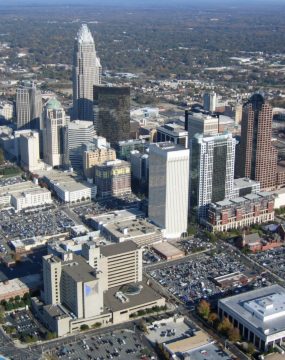
North Carolina’s Asian population is the fastest-growing racial/ethnic group in the state. The state’s Asian population grew from 209,400 residents in 2010 to more than 303,000 in 2017, an increase of nearly 94,000 or 44.7%. The state’s total population grew by 7.7% over this period. The Asian population is also the fastest-growing group nationwide and North Carolina’s Asian population is growing at a faster pace than the nation’s. Between 2016 and 2017, the Asian population…
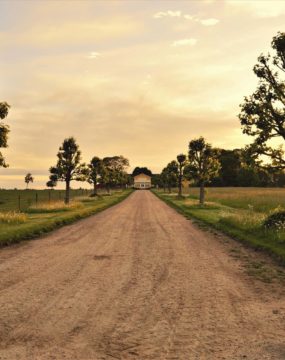
From 2010 to 2017, 247 North Carolina municipalities experienced population decline – approximately 45% of all cities, towns, and villages in the state. This represents an increase of 22 municipalities since last year’s population estimates were reported. After accounting for municipalities growing at a stagnant pace – below the state growth rate of 8% - this figure rises to 427 in total. This means that over three-fourths of all places are declining or growing slower…

There are currently over 210,000 grandparents living with their own grandchildren (under age 18) in North Carolina, according to the 2012-16 American Community Survey 5-year Estimates. This is approximately 3.5% of the adult population 30 years and older. Of those living with their grandchildren, slightly less than half of grandparents (46%) were primary caregivers, meaning they had financial responsibility for the basic needs of grandchildren in their household. For many individuals, this is a long-term…
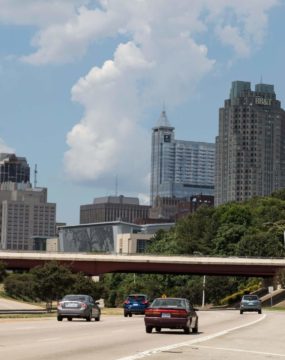
Population estimates from July 1, 2016 to July 1, 2017 indicate that growth may be more concentrated around urban centers than suggested by last year’s estimates. Many of the top 10 fastest-growing municipalities from 2015-2016 were exurbs – largely rural areas located a greater distance from a metro center. They were thought to be possibly absorbing suburban overflow. The majority of these municipalities had previously seen slim annual population growth from 2010-2015, and eight out…

Topline data from the Census Bureau’s recently released 2017 municipal population estimates shows little change from previous years’ estimates. Municipalities located near major metropolitan areas continue to grow, while North Carolina’s rural communities continue to experience population decline. 255 NC municipalities, or 46%, have experienced either population decline or zero-percent growth since 2010. Adding municipalities with stagnant growth – i.e. those that grew slower than the state growth rate of 8% - this totals over…
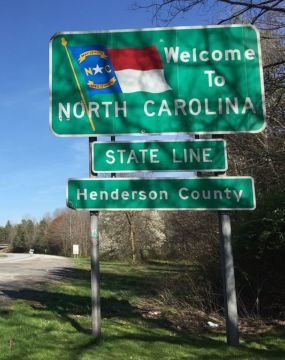
Migration is the major source of North Carolina’s population growth. What states send North Carolina the most migrants? The Census Bureau releases annual estimates on domestic and international migration flows for residents of the United States and Puerto Rico. American Community Survey respondents provide details on their place of residence one year ago and the state in which they currently live. The top 10 highest contributing states for North Carolina’s in-migrants in 2016 were Virginia,…

Just over 666,000 veterans lived in North Carolina in 2016 according to the most recent American Community Survey estimates. This is a decrease of roughly 15,000 veterans or -2.2% from 2013, the year we last profiled North Carolina’s veterans. Nationally, the veteran population decreased at an even faster rate over this time (-5.6%). The U.S. veteran population declined from 19.6 million in 2013 to 18.5 million in 2016, a loss of 1.1 million veterans. While…

Demographic changes in the composition of North Carolina’s child population will likely introduce new challenges to reaching any goal of increasing statewide educational attainment. In Fall 2017, 44 percent or 674,000 North Carolina public school enrollments were black, Hispanic, or American Indian students. Over the past 5 years, this group of students has grown twice as fast as the overall student population and is projected to continue to grow steadily for the next 5-10 years. Compared to the state average, North Carolina’s American Indian, black, and Hispanic students are: Less likely to report plans to continue their education after high school.Eighty-four percent of North Carolina public high school graduates reported plans to continue their education at either a four-year, two-year, or trade school in 2015. While most Hispanic (77%), American Indian (80%), and black (81%) students also report postsecondary plans, they are more likely than their white and Asian peers to report plans to enlist in the military or start employment instead.

Once every 10 years, we count all individuals living in the United States in the census. In 2010, respondents were asked ten questions about basic characteristics, such as age, sex, race, and homeownership status. Last week, Secretary of Commerce Wilbur Ross announced that census respondents will answer one additional question in 2020: citizenship status. Introducing an additional, untested question so late in the census life cycle is concerning to demographers and social scientists, like me, who rely on the census as a key source of information about how and why our population is changing.
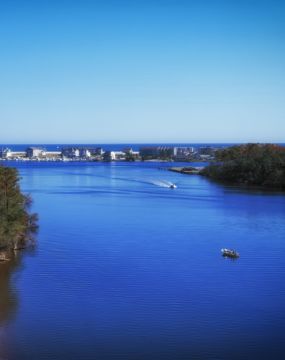
North Carolina’s population grew by 1.1% between July 1, 2016 and July 1, 2017, gaining nearly 117,000 new residents over the year. New estimates from the U.S. Census Bureau provide detail on how this growth and change occurred across the state. In North Carolina, these estimates indicate emerging trends that we will continue to examine in the coming months. For now, here’s what you need to know about the data. 1. New estimates suggest shift…
Your support is critical to our mission of measuring, understanding, and predicting population change and its impact. Donate to Carolina Demography today.